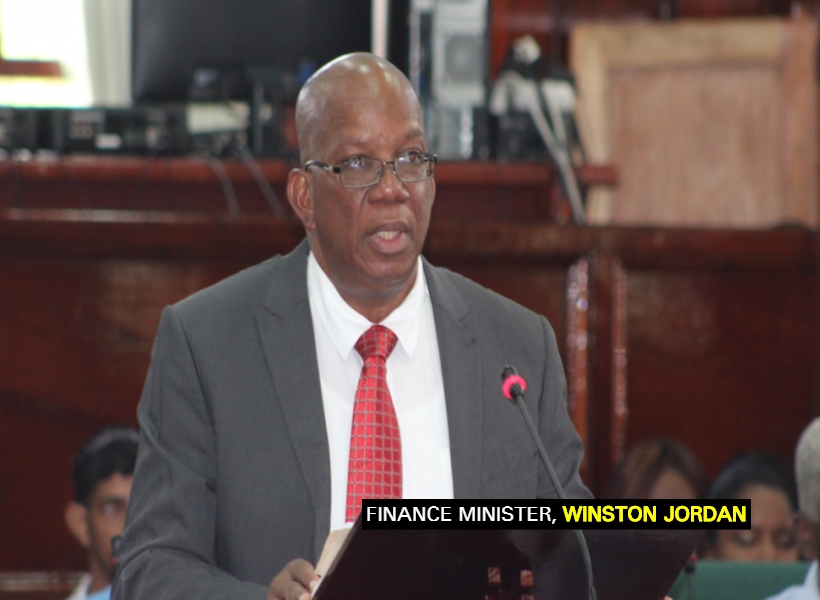It was in 2017 that Central Bank completed a draft of the stress testing guidelines which would be used by the banking system. Providing an update on this, Finance Minister, Winston Jordan assured that this year, consultations will be held with commercial banks to finalise these guidelines.
According to the economist, these guidelines are intended to outline procedures to be followed when conducting stress tests. A stress test is an exercise that allows a financial institution to determine the extent to which its systems can handle an economic crisis.
Jordan said that these tests are currently conducted by Bank of Guyana using a top-down approach, which allows for an assessment of the resilience of the banking sector as a whole.
However, by following a bottom up approach, Jordan said that commercial banks will be able to evaluate their individual solvency and resilience.
He said, “Such tests will allow our banks to better assess and make adjustments to guard against adverse or major losses. So this year, we will work towards developing a macro-stress test model for the economy, to better guard against risks.”
While great strides have been made towards maintaining the integrity of the financial sector in this regard, the Finance Minister said that more work still remains to be done. In 2018, Jordan said that the Finance Ministry will continue to implement the recommendations of the Financial Sector Assessment Programme and draft the requisite regulations and legislation needed to add yet another form of protection to the financial sector.
Further to this, the Finance Minister noted that also critical to financial sector stability, is the continued enhancement of the risk-based supervisory (RBS) framework of Central Bank. He said that this is needed to adapt to changing supervisory methodology and international best practices. Jordan said that the current framework has been in existence for over a decade.
It was only last year that the Government began revising this framework to give a more structured, but flexible approach to supervision, risk assessment and mitigation, in order to ensure that an adequate level of protection is afforded to all banking stakeholders. The revised framework is expected to be implemented by year end.









